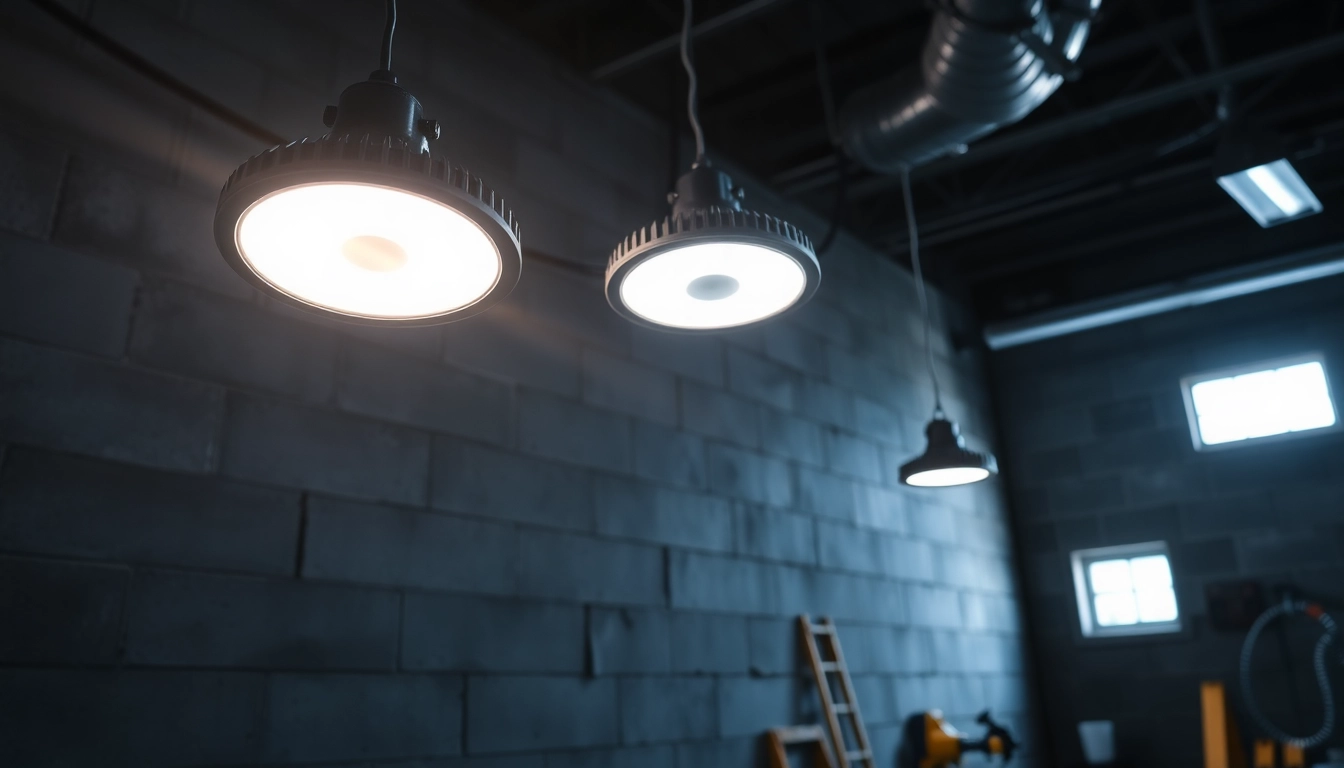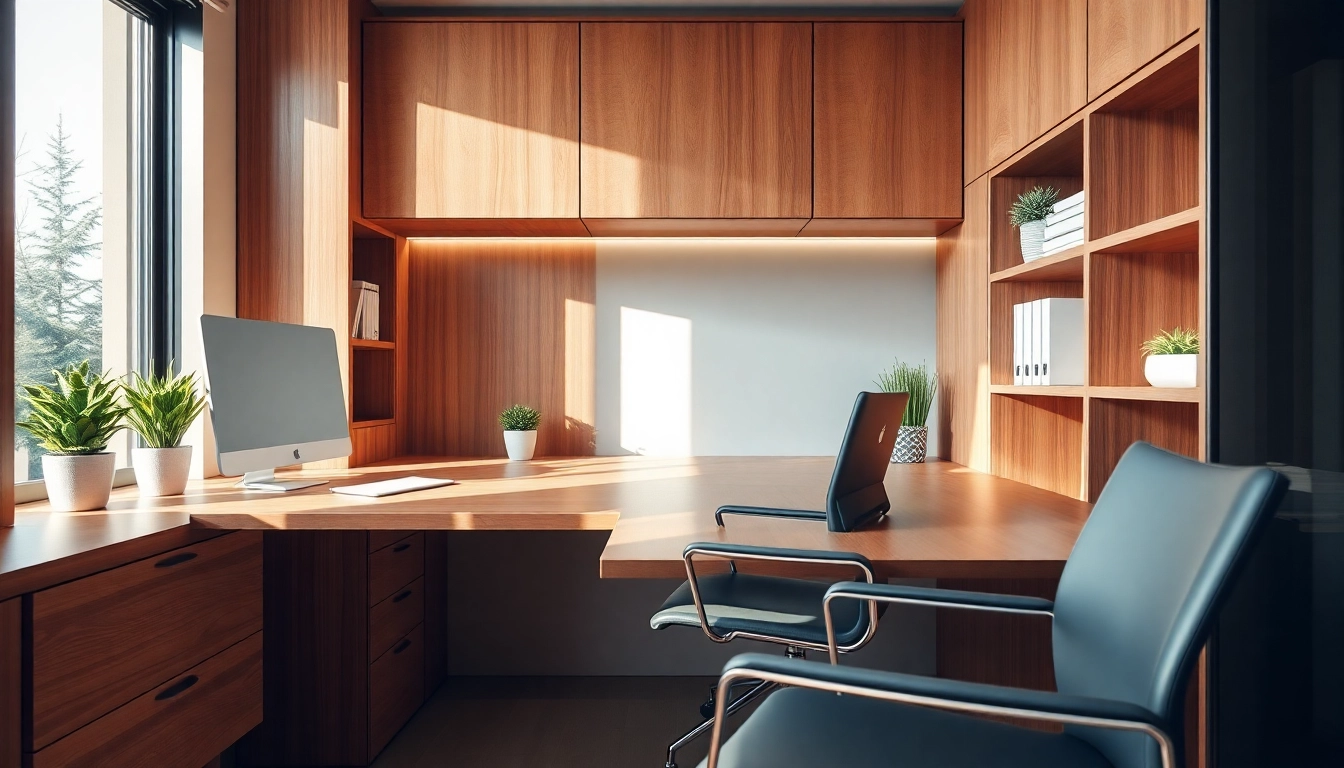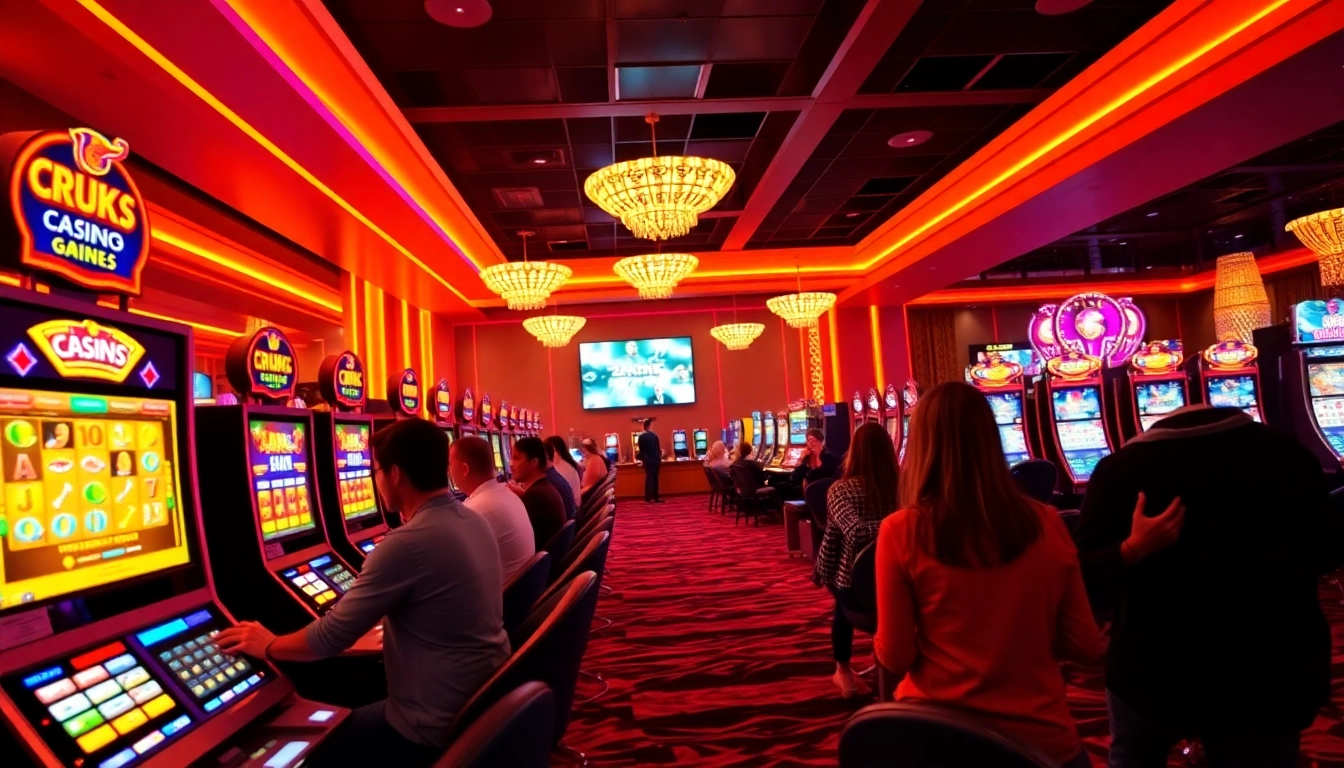Understanding LED Vapor Tight Lighting
In the industrial and commercial sectors, ensuring proper lighting that withstands demanding environments is crucial for safety and efficiency. This is where LED Vapor Tight lighting comes into play. These fixtures are designed to provide robust illumination while resisting various forms of environmental challenges, particularly moisture and dust. Let’s delve into what LED vapor tight lighting signifies, its benefits, and how to choose the right fixtures for your specific needs.
What is LED Vapor Tight?
LED Vapor Tight refers to specialized light fixtures engineered to prevent moisture, dust, and debris from infiltrating their internal components. These fixtures are encased in durable materials, often polycarbonate or glass, that seal out the elements while allowing light to shine through. The “vapor tight” designation emphasizes their ability to function effectively in damp or humid conditions, making them ideal for warehouses, outdoor areas, and other challenging environments.
Key Benefits of LED Vapor Tight
- Durability: Built to withstand harsh conditions, LED vapor tight fixtures resist impact, corrosion, and other damages from the surrounding environment.
- Moisture Resistance: Sealed against moisture, these fixtures are perfect for locations prone to high humidity or wet conditions, such as parking garages and food processing plants.
- Energy Efficiency: Utilizing LED technology means lower energy consumption, contributing to reduced electricity bills and a lower carbon footprint.
- Low Maintenance: With long lifespans and robust construction, LED vapor tight fixtures require less frequent replacements, saving time and money in maintenance.
- Versatility: Suitable for a variety of applications, they can be used in both indoor and outdoor settings, adapting to various installation requirements.
Your Guide to Choosing LED Vapor Tight
When selecting LED vapor tight lighting, consider several factors:
- Size and Configuration: Determine the appropriate size based on the area you intend to illuminate. Options typically range from small, compact designs for tight spaces to larger units for expansive areas.
- Lumen Output: Assess the brightness required for your application by checking the lumen output of different models. Higher lumen values indicate brighter light.
- Temperature Ratings: Ensure the fixtures can withstand surrounding temperatures, particularly for extreme conditions.
- Mounting Options: Depending on your installation environment, consider how the fixture will be mounted—whether suspended, flush-mounted, or wall-mounted.
- Color Temperature: Choose a color temperature that complements the space. Common choices include warm white (around 3000K) and daylight white (5000K).
Applications of LED Vapor Tight Lights
Ideal Environments for LED Vapor Tight
Due to their robust construction and environmental resistance, LED vapor tight lights are suitable for numerous applications, including:
- Parking garages
- Food processing facilities
- Outdoor walkways and pathways
- Warehouses and distribution centers
- Agricultural and greenhouse environments
Uncovering Common Uses of LED Vapor Tight
LED vapor tight fixtures excel in various applications, such as:
- Hazardous Locations: Ideal for locations where flammable gases or vapors may be present.
- Cold Storage: Maintain visibility in refrigeration or freezer areas without compromising energy efficiency.
- Industrial Settings: Provide reliable illumination for manufacturing and assembly lines, particularly in dusty or humid environments.
Case Studies on LED Vapor Tight Applications
To demonstrate the effectiveness of LED vapor tight lighting, consider the following case studies:
Case Study 1: A food processing plant replaced its traditional lighting with LED vapor tight fixtures, resulting in a 40% decrease in energy consumption while maintaining compliance with food safety regulations.
Case Study 2: An automotive repair shop utilized LED vapor tight fixtures in its service bays, enhancing visibility and decreasing accident rates by 25% over a year, thanks to bright, even lighting.
Installation and Maintenance of LED Vapor Tight
Step-by-Step Installation Process
Installing LED vapor tight fixtures involves several key steps:
- Preparation: Turn off electricity in the area where you will work. Gather all necessary tools and fixtures.
- Mounting: Secure the fixture to the selected surface using appropriate mounting hardware. Ensure that it is level and properly aligned.
- Electrical Connections: Connect the fixture to the electrical supply following local codes, ensuring secure wire connections.
- Sealing: Check seals and gaskets to ensure they fit tightly to maintain the vapor tight characteristic.
- Testing: Restore power and test the fixture to ensure everything operates correctly.
Maintenance Tips for Longevity of LED Vapor Tight
To maximize the lifespan and performance of LED vapor tight fixtures, implement the following maintenance strategies:
- Regularly inspect the fixtures for physical damage and replace any that show signs of wear.
- Keep the lenses clean to ensure optimal light output. Use suitable cleaning agents to avoid damaging the surface.
- Check electrical connections periodically to ensure they remain tight and corrosion-free.
- Schedule annual professional evaluations to address any underlying issues and replace any aging components.
Common Issues and Troubleshooting LED Vapor Tight
While generally low-maintenance, LED vapor tight fixtures can experience the following common issues:
- Flickering Lights: This may indicate a loose connection or faulty driver. Check connections and replace the driver if necessary.
- Dim Lighting: This could be a sign of dirt buildup or a failing LED chip. Clean the lens and inspect the LED for damage.
- Moisture Ingress: Inspect seals and gaskets; replace them if they are damaged to prevent water damage.
Comparing LED Vapor Tight with Traditional Lighting
Energy Efficiency of LED Vapor Tight vs. Traditional
One of the most significant advantages of LED vapor tight lighting is its energy efficiency. Traditional lighting options, such as fluorescent or incandescent bulbs, consume more power and have shorter lifespans. In contrast, LED vapor tight fixtures use up to 80% less energy while providing the same or greater light output, resulting in lower operational costs over time.
Cost Analysis: LED Vapor Tight Lifespan and ROI
While the initial investment in LED vapor tight fixtures may be higher than that of traditional options, the long-term savings are impressive. LED fixtures typically last 25,000 to 50,000 hours, significantly longer than traditional bulbs. This longevity translates to fewer replacements, lower labor costs for installations, and ultimately, a compelling return on investment (ROI) when calculated over their lifespan.
Environmental Impact of Using LED Vapor Tight
The shift towards LED vapor tight lighting offers substantial environmental benefits. Their lower energy consumption results in reduced greenhouse gas emissions. Furthermore, unlike traditional bulbs that contain hazardous materials like mercury, LED fixtures are more eco-friendly, making them a sustainable choice.
The Future of LED Vapor Tight Innovations
Trends in LED Vapor Tight Technology
As technology advances, LED vapor tight fixtures continue to evolve. Current trends include:
- Smart Technology: Many fixtures are now compatible with smart home systems, allowing for remote monitoring and control.
- Enhanced Durability: Manufacturers are exploring new materials that offer greater resistance to impacts and corrosive environments.
- Improved Energy Performance: Continuously striving for higher efficacy rates, leading to even lower energy demands per lumen.
Smart Integration with LED Vapor Tight Solutions
Smart integration includes features such as motion sensors, dimming capabilities, and connected controls. These innovations allow for energy savings and improve convenience in managing lighting setups. For example, in a warehouse, motion sensors can help ensure lights are only on when needed, further optimizing energy usage.
Predictions for LED Vapor Tight in Industrial Lighting
The future of LED vapor tight solutions looks promising, with advancements aimed at enhancing functionality and reliability. As industries become more competitive and focus on sustainability, demand for energy-efficient and durable lighting fixtures will likely continue to rise, solidifying the role of LED vapor tight fixtures in modern lighting solutions.


